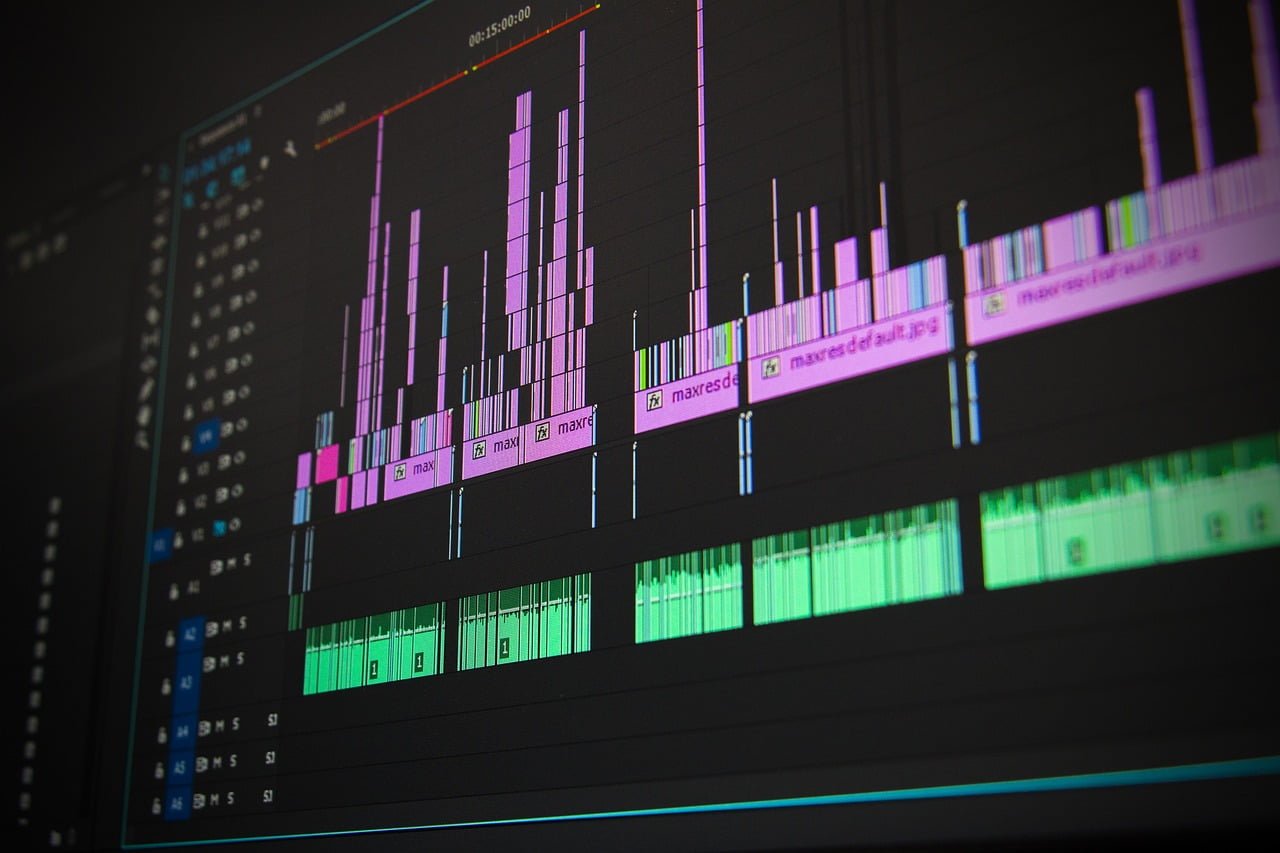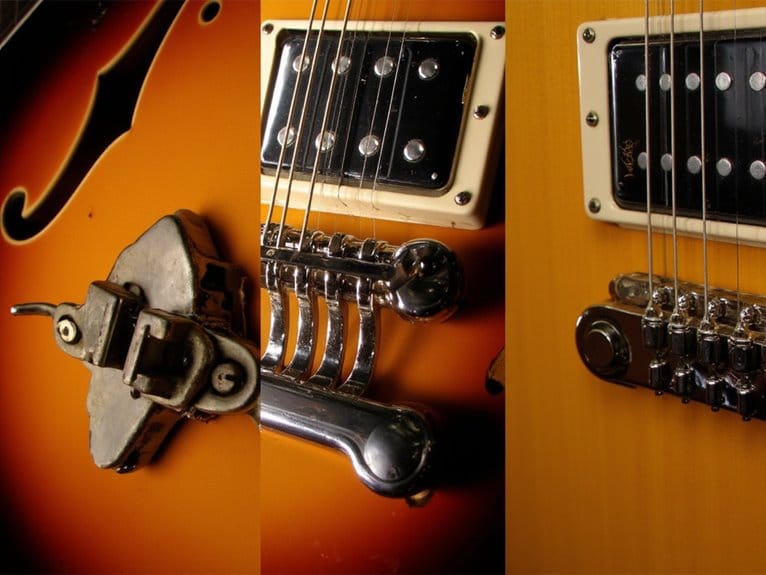MIDI Editing Mastery: Advanced Techniques in Your DAW
Hey there! Ready to become a master of MIDI editing? Get ready to unleash your creativity and take control of your musical compositions like never before. We're going to dive into some advanced techniques in your DAW that will blow your mind.
We are supported by our audience. When you purchase through links on our site, we may earn an affiliate commission, at no extra cost for you. Learn more.
Imagine being able to manipulate notes with ease, like a magician waving their wand. With MIDI editing, you'll have the power to shape your music exactly how you want it. And don't worry, you won't need any Hogwarts training for this – just your trusty MIDI controller and a bit of imagination.
But it doesn't stop there. We're going to take your editing process to the next level by exploring the depths of velocity and expression. These are the secret ingredients that add depth and emotion to your music, like a chef sprinkling the perfect amount of seasoning on a dish.
And let's not forget about those complex patterns and arpeggios. We'll unlock their secrets together, so you can create mind-blowing melodies that will leave your audience in awe. It's like having a whole symphony orchestra at your fingertips, ready to play whatever you dream up.
Now, let's talk about the editing tools and features in your DAW. They're like a trusty Swiss Army knife, equipped with everything you need to sculpt your music just the way you want it. We'll explore each one, so you can become a master of your DAW.
By the time we're done, you'll be able to elevate your music production to new heights. You'll have the skills to bring your musical vision to life, with every note and every nuance precisely in place. So, are you ready to embark on this MIDI editing mastery journey? Let's dive in and make some music magic!
Understanding MIDI Editing Basics
Understanding MIDI editing basics is crucial for mastering advanced techniques in your DAW. MIDI, which stands for Musical Instrument Digital Interface, allows you to control and manipulate virtual instruments and sounds within your digital audio workstation. By understanding the fundamentals of MIDI editing, you gain the power to shape and transform your musical ideas with precision. Key concepts to grasp include note placement, velocity adjustments, and controller automation. Note placement refers to the timing and duration of individual MIDI notes, allowing you to create rhythmic patterns and melodies. Velocity adjustments control the volume and intensity of each note, adding dynamics and expression to your music. Controller automation enables you to modulate parameters like pitch bend, modulation, and filters in real-time, adding depth and emotion to your compositions. Mastering these basics will unlock a world of possibilities and empower you to create innovative and unique musical arrangements in your DAW.
Advanced Note Manipulation Techniques
Master advanced note manipulation techniques to take your MIDI editing skills to the next level in your DAW. These advanced techniques will allow you to push the boundaries of creativity and innovation in your music production. One powerful technique is note quantization, which allows you to adjust the timing and rhythm of your MIDI notes with precision. You can also experiment with note velocity manipulation, which can add dynamics and expression to your performances. Another technique is note transposition, which enables you to change the pitch of individual notes or entire sections of your MIDI composition. Additionally, you can explore techniques such as note length manipulation, articulation control, and note splitting, which can open up new possibilities for creating unique and intricate musical arrangements. By mastering these advanced note manipulation techniques, you will have the tools to create truly innovative and captivating music in your DAW.
Utilizing MIDI Controllers for Enhanced Editing
To enhance your MIDI editing capabilities, begin by incorporating MIDI controllers into your workflow. MIDI controllers offer a hands-on approach to editing, allowing for a more intuitive and expressive editing experience. With a MIDI controller, you can easily manipulate MIDI data in real-time, making adjustments to note velocity, pitch, and timing with precision and ease. These controllers often feature assignable knobs, sliders, and pads, giving you the ability to control various parameters simultaneously. Whether you're using a keyboard controller, drum pad controller, or a combination of both, the possibilities for enhanced editing are endless. By integrating MIDI controllers into your editing process, you can unlock a new level of creativity and efficiency, allowing you to take your MIDI editing skills to new heights.
Mastering Velocity and Expression in MIDI
Enhance your MIDI editing skills by perfecting velocity and expression control in MIDI. Achieving mastery in these areas allows you to add depth and nuance to your compositions. Velocity refers to the strength or intensity with which a note is played, while expression encompasses the variations in volume, timbre, and dynamics. By manipulating velocity, you can create realistic and expressive performances that mimic the natural nuances of live instruments. Use velocity to emphasize certain notes or passages, adding a dynamic and captivating quality to your music. Expression control allows you to shape the musical phrases and breathe life into your MIDI performances. Experiment with different articulations and modulation techniques to create unique and compelling musical expressions. Mastering velocity and expression in MIDI will elevate your compositions to new heights of creativity and innovation.
Creating Complex MIDI Patterns and Arpeggios
Now, let's delve into the realm of creating complex MIDI patterns and arpeggios to take your compositions to a whole new level of intricacy and musicality. One way to achieve this is by using advanced MIDI editing techniques in your digital audio workstation (DAW). By combining different rhythmic patterns and note sequences, you can create intricate and evolving musical phrases that add depth and interest to your tracks. Additionally, utilizing arpeggios can bring a unique and dynamic element to your compositions. Experiment with different chord progressions and arpeggio patterns to create captivating melodies and harmonies. Remember to explore the various tools and features in your DAW, such as step sequencers and MIDI effects, to further enhance the complexity of your MIDI patterns. With dedication and creativity, you can unlock a whole new world of possibilities in your music production.
Exploring MIDI Editing Tools and Features in Your DAW
By utilizing the various MIDI editing tools and features in your DAW, you can further enhance the complexity and intricacy of your compositions. These tools provide you with the power to manipulate and shape MIDI data in ways that were previously unimaginable. One of the most powerful tools at your disposal is the MIDI quantization feature. With this tool, you can align your MIDI notes to a grid, ensuring that they are perfectly in time. This is especially useful when working with complex rhythms or when trying to achieve a specific groove. Additionally, your DAW may offer tools for MIDI velocity editing, allowing you to adjust the dynamics and expression of your MIDI notes. This can add a human-like touch to your compositions, making them sound more natural and expressive. Furthermore, you can explore MIDI transpose, which enables you to change the pitch of your MIDI notes, creating unique melodic variations. These editing tools and features give you the ability to push the boundaries of your compositions and unlock new creative possibilities. Experiment with them and see how they can transform your music.
Conclusion
In conclusion, mastering MIDI editing techniques in your DAW allows for precise manipulation and control of musical elements. By understanding the basics, exploring advanced note manipulation, utilizing MIDI controllers, and mastering velocity and expression, you can create complex patterns and arpeggios that elevate your compositions. The extensive array of MIDI editing tools and features in your DAW provide endless possibilities for crafting unique and professional-sounding music. Embrace these techniques to unlock your full creative potential in MIDI editing.






